Nationality United States Role Author | Name Robert Hazen Alma mater MIT, Harvard | |
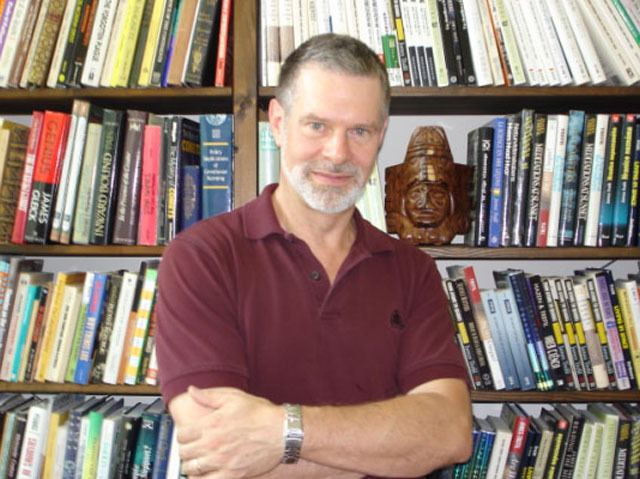 | ||
Robert hazen chance necessity and the origins of life
Robert Miller Hazen (born November 1, 1948) is an American mineralogist and astrobiologist. He is a research scientist at the Carnegie Institution of Washington's Geophysical Laboratory and Clarence Robinson Professor of Earth Science at George Mason University, in the United States. Hazen is the Executive Director of the Deep Carbon Observatory.
Contents
- Robert hazen chance necessity and the origins of life
- Robert hazen the co evolution of the geosphere and the biosphere
- Life
- Research
- Public engagement
- Honors
- Publications
- Refereed articles
- Books
- References
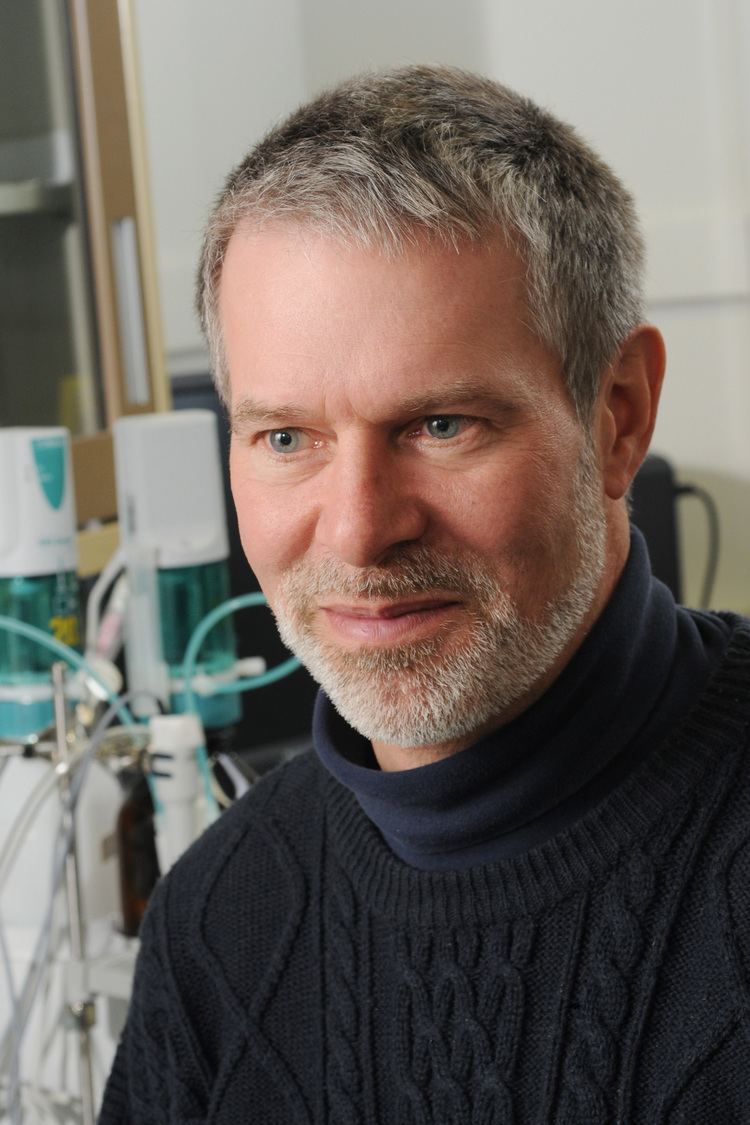
Robert hazen the co evolution of the geosphere and the biosphere
Life
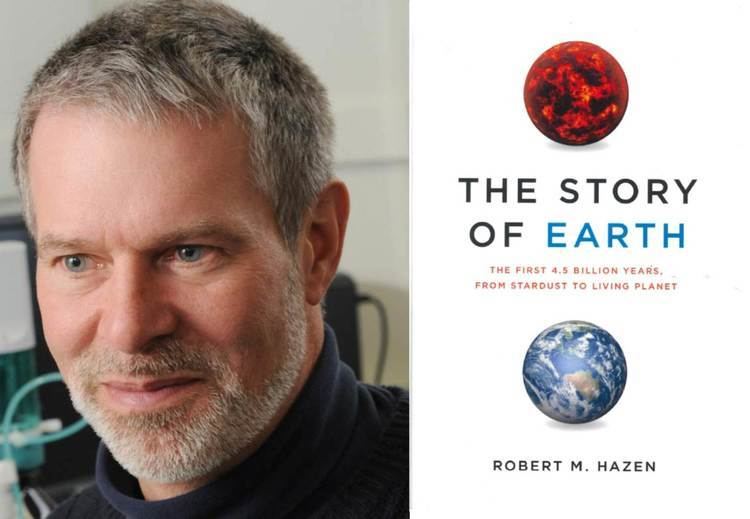
Hazen was born in Rockville Centre, New York, on November 1, 1948. His parents were Dorothy Ellen and Don Francis. He spent his early childhood in Cleveland, near a fossil quarry where he collected his first trilobite at the age of about 9.
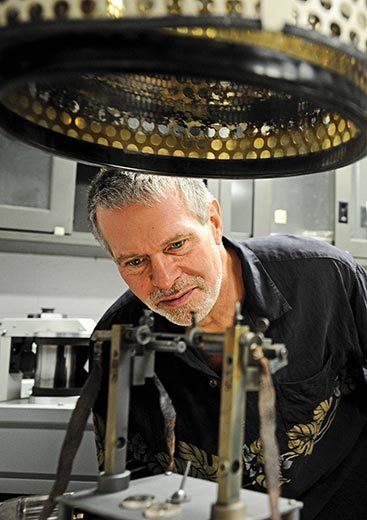
The Hazen family moved to New Jersey, where Robert's eight-grade teacher, Bill Welsh, observed Robert's interest in his collection of minerals. "He gave me a starter collection of 100 specimens, mineral field guides, and mimeographed directions to Paterson and Franklin, New Jersey." His parents took him to these places, and he would later return to Franklin on a date with his future wife, Margee. He also had an early interest in music, starting with the piano at age 5, the violin at 6 and the trumpet at age 9. His father practiced piano for hours each night, and he recalls falling asleep every night to its sound.
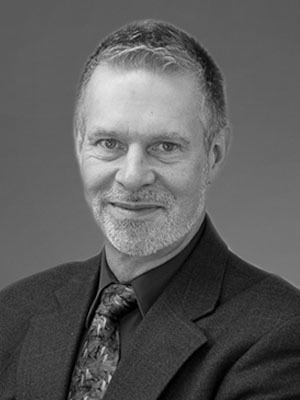
Hazen worked on his B.S. and S.M. in Earth Science at the Massachusetts Institute of Technology 1971. He started with the intention of going into chemical engineering, but he was captivated by the enthusiasm of David Wones and converted to mineralogy. With Wones as advisor, he completed a masters thesis on cation substitution in trioctahedral micas and then published it in American Mineralogist; this was his first highly cited publication. He completed a Ph.D. in Mineralogy & Crystallography at Harvard University in 1975. His thesis, applying high-pressure X-ray techniques to olivine with Charles Burnham, led to another highly cited publication.
After studies as NATO Postdoctoral Fellow at Cambridge University in England, he joined the Carnegie Institution's research effort.
Research
Hazen's recent research focuses on the role of minerals in the origin of life, including such processes as mineral-catalyzed organic synthesis and the selective adsorption of organic molecules on mineral surfaces. He has also developed a new approach to mineralogy, called "mineral evolution," which explores the co-evolution of the geo- and biospheres.
He is also an adviser to the Microbes Mind Forum. Hazen and his colleagues started the Carbon Mineral Challenge, a citizen science project dedicated to accelerating the discovery of "missing" carbon-bearing minerals.
Public engagement
In 2008, Robert Hazen was an outgoing member of the AAAS Committee on Public Understanding of Science and Technology. He and his wife Margee, noting that it is important for scientists to engage with the public but actually doing so does not help them get tenure, proposed a new award, The Early Career Award for Public Engagement with Science, and established a fund for it. The first award, with a monetary prize of $5,000, was announced in 2010.
Honors
Hazen is a Fellow of the American Association for the Advancement of Science.
The Mineralogical Society of America presented Hazen with the Mineralogical Society of America Award in 1982 and the Distinguished Public Service Medal in 2009. In 2016, he received its highest award, the Roebling Medal. He also served as Distinguished Lecturer and is a Past President of the Society. A mineral that was discovered in Mono Lake was name hazenite in his honor by Hexiong Yang, a former student of his.
He received the American Chemical Society Ipatieff Prize in 1986.
For the book The Music Men, he and his wife Margaret received the Deems Taylor Award from the ASCAP in 1989.
For his popular and educational science writing, Hazen received the Educational Press Association Award (1992), and the E.A. Wood Science Writing Award from the American Crystallographic Association in 1998,
In 2012, the State Council of Higher Education for Virginia presented Hazen with its Outstanding Faculty Award.
Hazen has presented numerous named lectures at universities. He gave a Directorate for Biological Sciences Distinguished Lecture at the National Science Foundation in 2007, and Sigma Xi Distinguished Lecturer for 2008–2010.
Publications
Hazen is author of more than 350 articles and 20 books on science, history, and music.
Refereed articles
Hazen has 289 refereed publications that have been cited a total of over 11,000 times, for an h-index of 58. A selection of articles follows:
